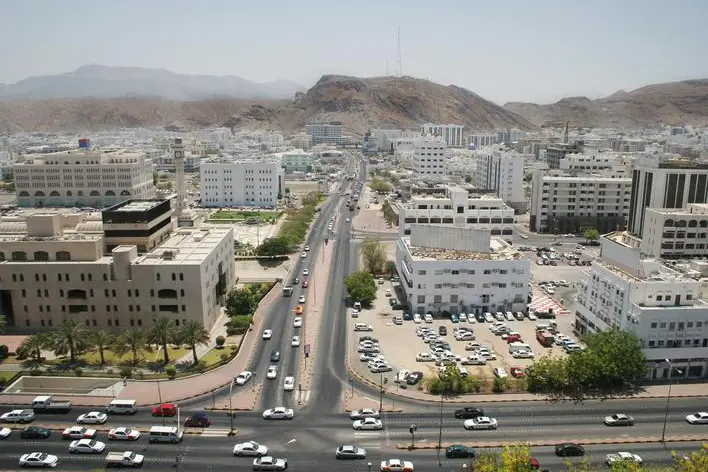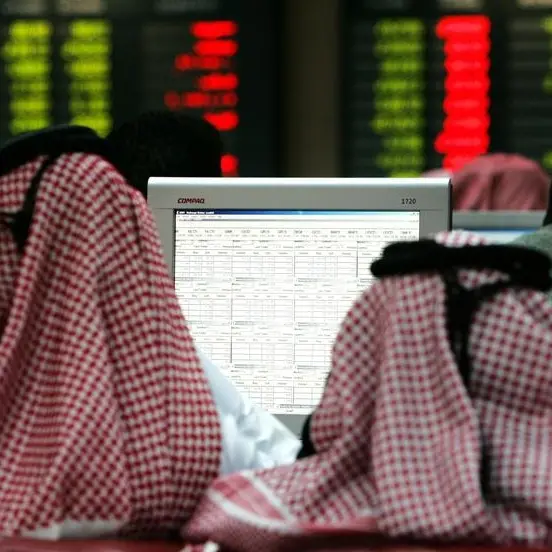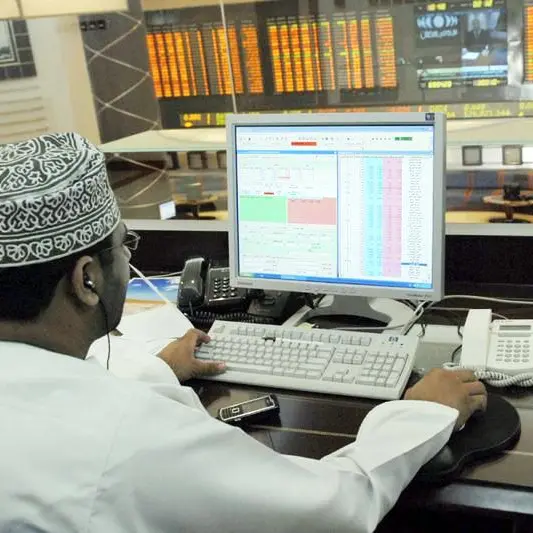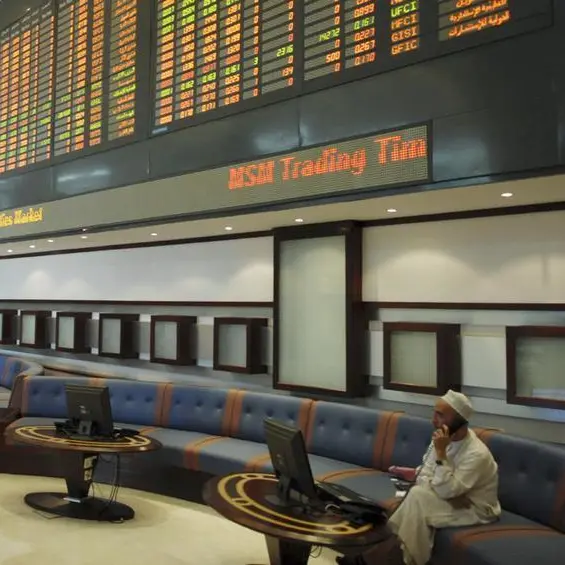PHOTO
DUBAI- Omani government bonds rose on Wednesday on news the Gulf country had asked the International Monetary Fund for technical assistance to help it develop a medium-term debt strategy and bolster its fiscal structure, three fund managers said.
Oman's bonds due in 2051 were up almost 1 cent to 101.73 cents on the dollar, while bonds maturing in 2048 were 0.85 cents higher to trade at 99.6 cents on the dollar, data from Refinitiv's Tradeweb showed.
Oman, a relatively small oil producer, has one of the weakest economies in the hydrocarbon-rich Gulf and is the region's only country besides Bahrain with "junk" ratings. Bahrain's bonds were largely flat on Wednesday.
Doug Bitcon, head of credit strategies at Rasmala Investment Bank, said the step "is a clear sign that they are serious in creating a framework that can address their financing challenges."
"There is a lower political cost when implementing the required reforms under a robust fiscal framework developed with the assistance of an international organization like the IMF."
Oman said it reached out to the IMF to "help strengthen the medium-term fiscal framework". The fund said it seeks to "guide the government's borrowing program and provide more predictability to the financial system".
Oman saw hundreds of Omani men protest in May, demanding jobs. The protest handed new ruler Sheikh Sultan his biggest challenge since taking the throne last year following the death of Sultan Qaboos, who was in power for five decades.
The IMF expects Oman's economy to rebound 2.5% growth this year, after shrinking 2.8% in 2020, thanks to a projected increase in hydrocarbon production as well as the impact of the vaccine rollout.
State finances are also expected to improve, with the budget deficit likely to shrink to 2.4% of GDP this year and then move to a surplus in the medium term, said the fund.
Oman wooed investors in June with its second transaction in the international debt markets, raising $1.75 billion in nine-year sukuk. That followed $3.25 billion in three-part bonds in January.
Oman's debt-to-GDP ratio has leapt from about 15% in 2015 to 80% last year, while plans to diversify the economy have lagged. Austerity measures launched last year helped maintain access to the international debt markets ahead of debt redemptions worth about $11 billion this year and next.
(Reporting by Yousef Saba; Editing by Jon Boyle, William Maclean) ((Yousef.Saba@thomsonreuters.com; +971562166204; https://twitter.com/YousefSaba))






















